What is the name of the pipe under the sink?
Home renovation always raises many questions regarding the need for certain things and their installation. One of these difficulties is often the reception of wastewater in the kitchen and bathroom.
The content of the article
Pipe under the sink: what is it called and features of its design
To prevent the room from smelling like sewer and to prevent the pipes from becoming clogged with solid food debris, the drainage system must contain a small part - a siphon. This element consists of hermetically connected pipes that ensure the performance of the two important functions listed above. This channel is formed in such a way that a bend is formed approximately in the middle, which does not allow the water to completely go into the drain.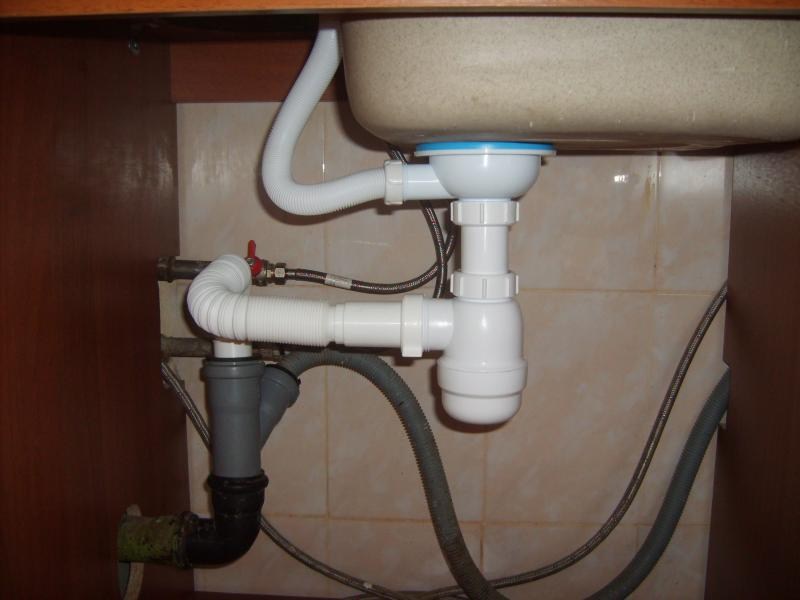
It is this “hydraulic plug” that prevents unpleasant odors from reaching the surface. Also, thanks to this “elbow”, insoluble particles cannot pass further into the sewer along with the liquid, because they simply remain right at the bottom of the siphon. This moment is also convenient because at any time you can easily unscrew the desired part and clean it of accumulated debris, and then return it to its place.
Today, stores offer a wide variety of models, slightly different from each other. However, there are several elements present in each of them:
- Lattice hole. The upper part of the drain is installed in the sink bowl itself.It is necessary to filter the liquid passing inside from large pieces of food, hair and other waste.
- Connecting pipe. A flow channel for draining water further along the pipe. Some systems have additional holes for branching (connecting other devices). This part ends with a dense rubber gasket.
- Removable knee. Designed for simplified cleaning, it allows you not to disassemble the entire structure, but to temporarily remove only one part of it.
- Outlet pipe. Most often this is a flexible hose (possibly corrugated) that performs the function of removing water into the sewer.
Of course, these are not all the parts that may be needed to assemble a particular siphon. The complete list for your model, as well as the sequence of installation steps, will be indicated in the instructions for the device.
Types of siphons: features of choice
Too many different models can drive you crazy. Therefore, you first need to understand the functional features of each type and understand which device is suitable for your purposes.
The most common typology of wastewater disposal systems is considered to be based on two characteristics:
- material;
- operating principle of the water seal.
You should focus on the material, depending on where the sink is located and how much space can be allocated for the siphon under it. There are basically two options on the market today:
- Plastic. The most common and budget models. They are convenient because they do not corrode and do not adhere to the internal walls of fat. At the same time, the most short-lived ones can break quickly and are not intended for too high temperatures (for example, it is better not to pour boiling water into such a siphon).
- Metal. Difficult to install if you need to shorten the pipe. But such a surface will be resistant to mechanical damage. The only problem may be oxidation or rust, but this only happens over time. Most often, the inside of the metal is coated with a film of chromium, which does not allow dirt to accumulate on the walls.
Reference! Sometimes a siphon is sold together with a washbasin, but by selecting this part yourself, you can find a more convenient solution for a specific situation.
Based on how the structure is constructed, there are four types of siphons:
- Pipe. Designed more for the bathroom than for use in the kitchen sink, as cleaning this system is quite problematic. It is made in an S- or U-shape, and therefore takes up a lot of space. This option was typical in buildings of the Soviet period, but now more attractive and convenient materials are used (brass, bronze).

- Corrugated. In fact, it has the same shape as a pipe siphon. The difference is that the corrugation is made of plastic. This allows you to install the system at a certain distance from the sink, that is, this type does not create problems with the initial installation. In further use, mechanical damage cannot be ruled out.
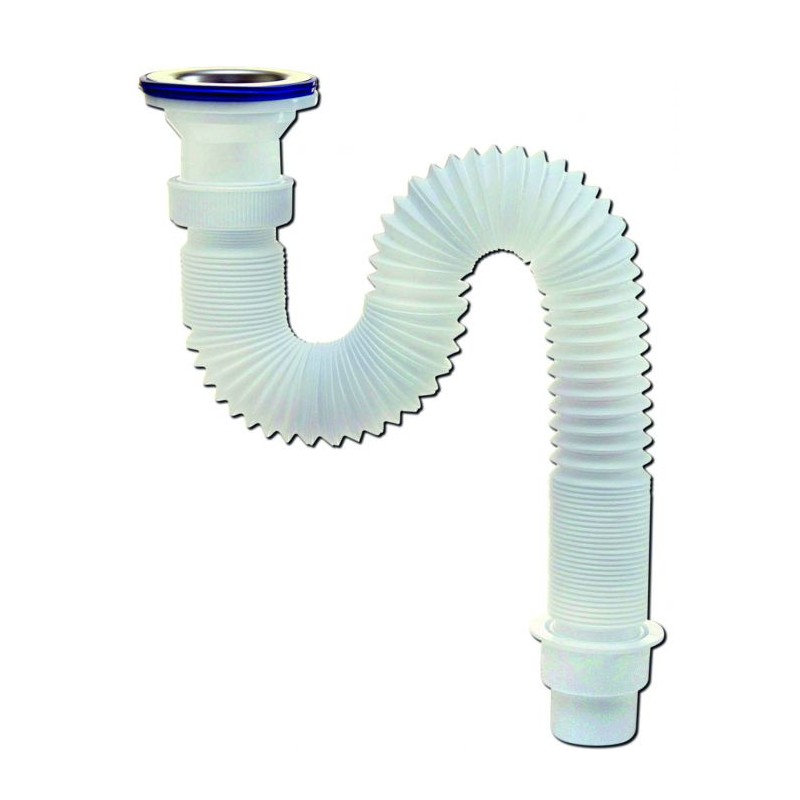
- Bottle. The most common option today. It contains in the middle a container resembling a bottle, inside of which a partition is installed. Thus, it turns out that first one half of the tank is emptied, and the second remains as a spare water plug. With this design, you don’t have to worry about dropping your jewelry inside, since the risk of it going down the drain is very low.All insoluble parts usually remain at the bottom of this very bottle, which is easy to unscrew and screw back on.
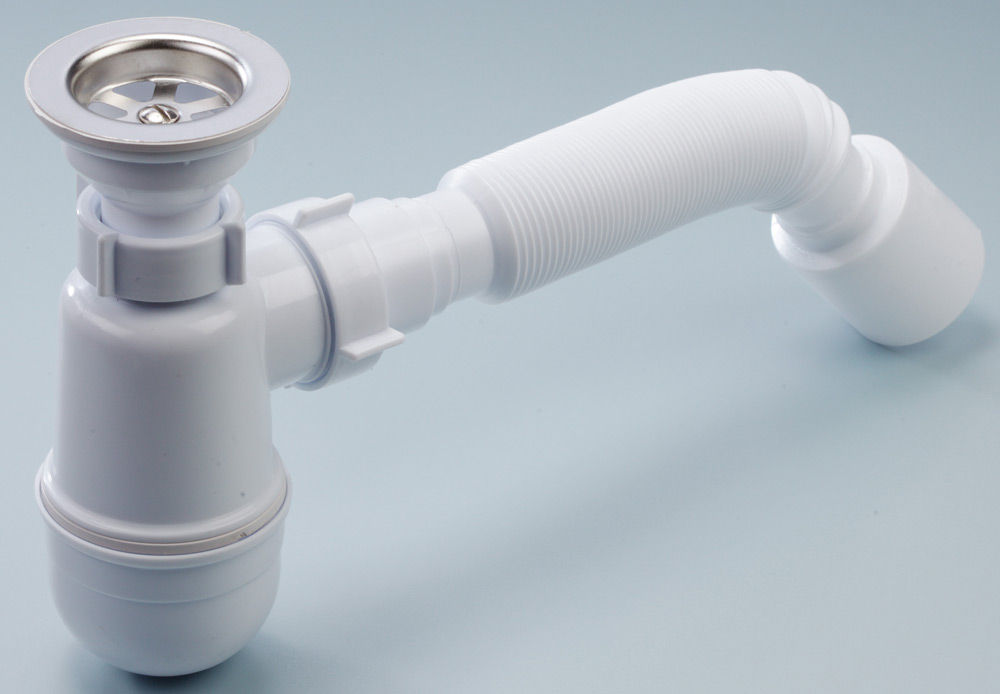
- Dry. Newly released model. The main role is played by rubber gaskets that serve as a shutter. It turns out that there is no usual standing water here - this allows you to install similar systems, for example, in country houses, without fear that the liquid inside may freeze in winter. Such an overlapping petal fits tightly to the walls of the pipe and opens only with good pressure during draining, and then returns to its original position.
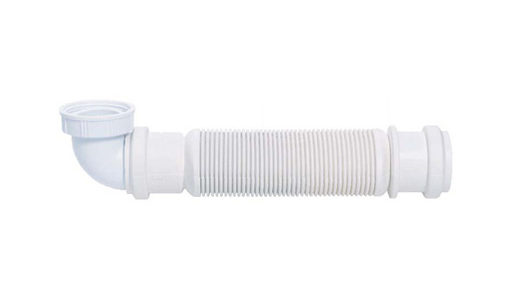
Basically, knowledge of the advantages and disadvantages of the listed options will be sufficient to correctly select a suitable siphon. They are easy to install and convenient to use, which is especially important in plumbing systems.


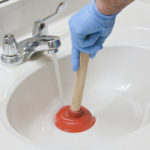
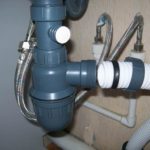
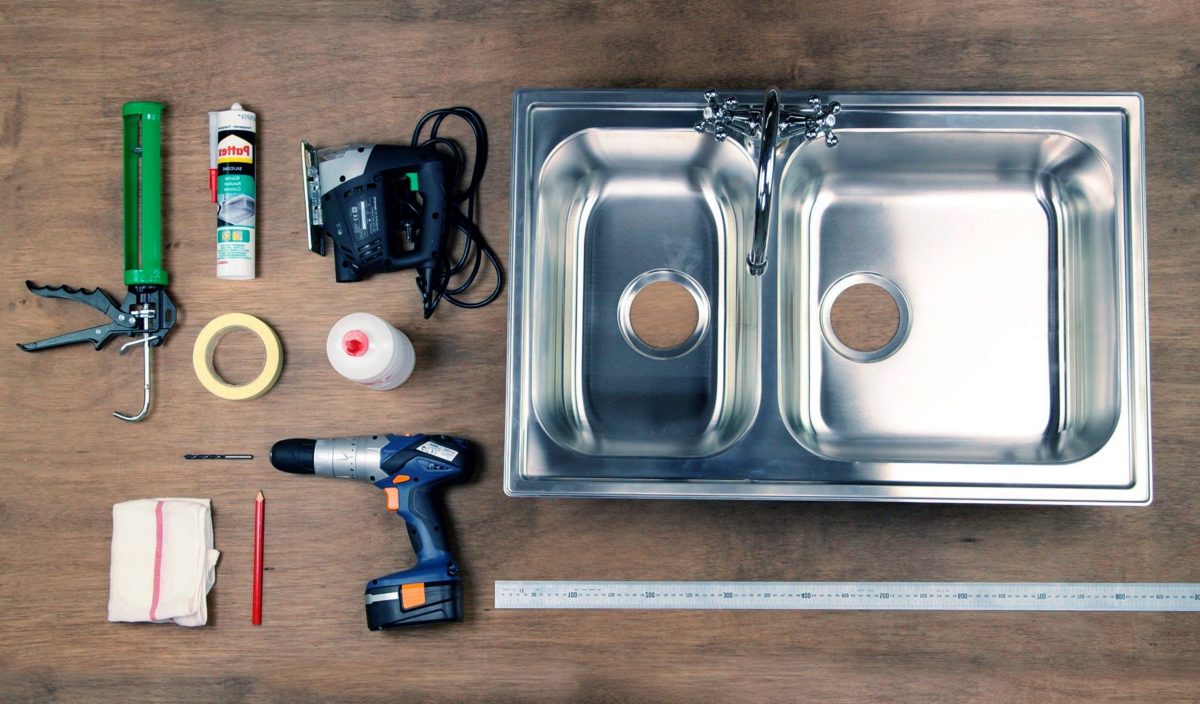
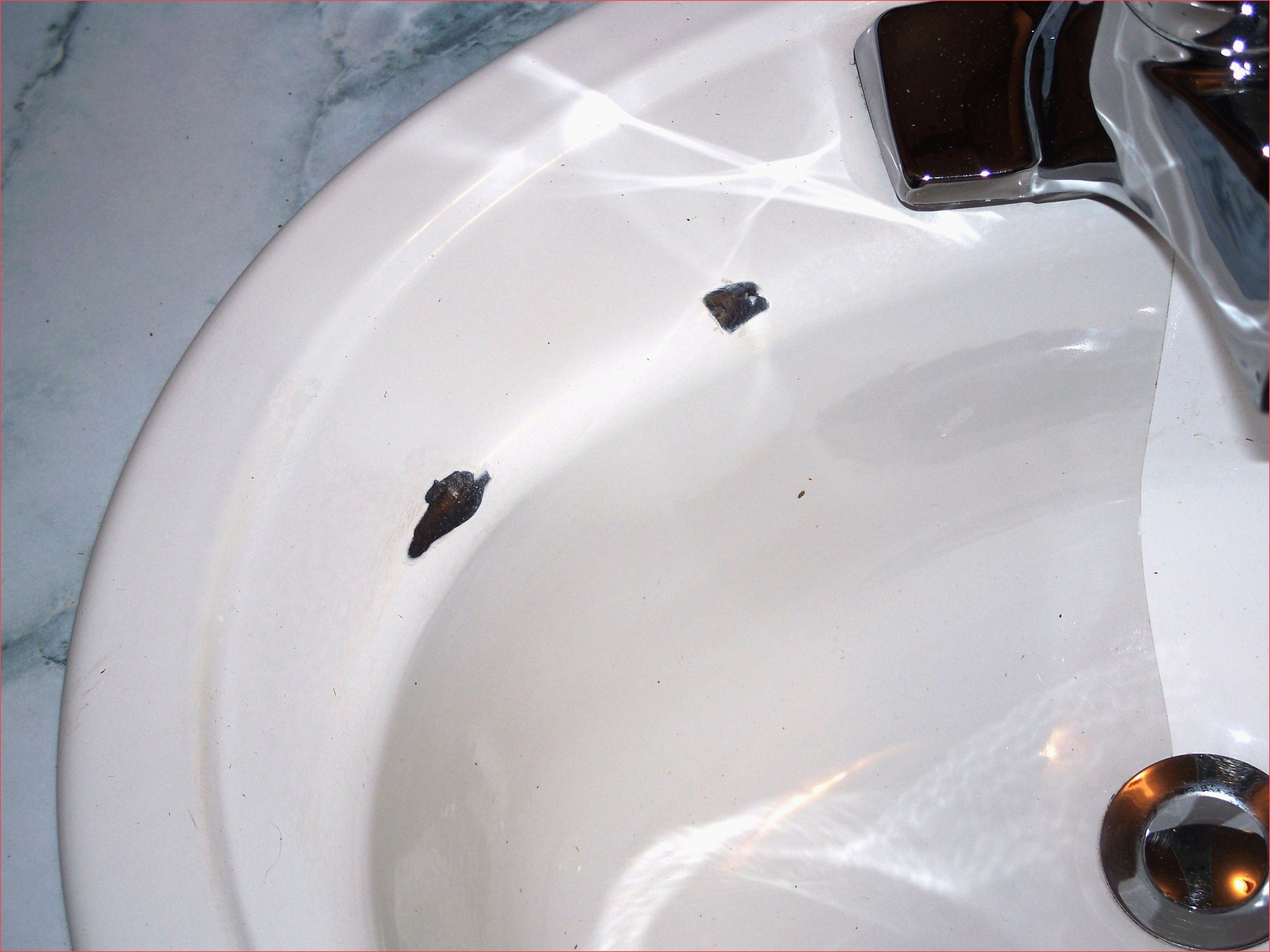
As a plumber, I will tell you not to self-medicate. For any problem, consult a specialist. You can read encyclopedias, but there are always subtleties that you may not know.